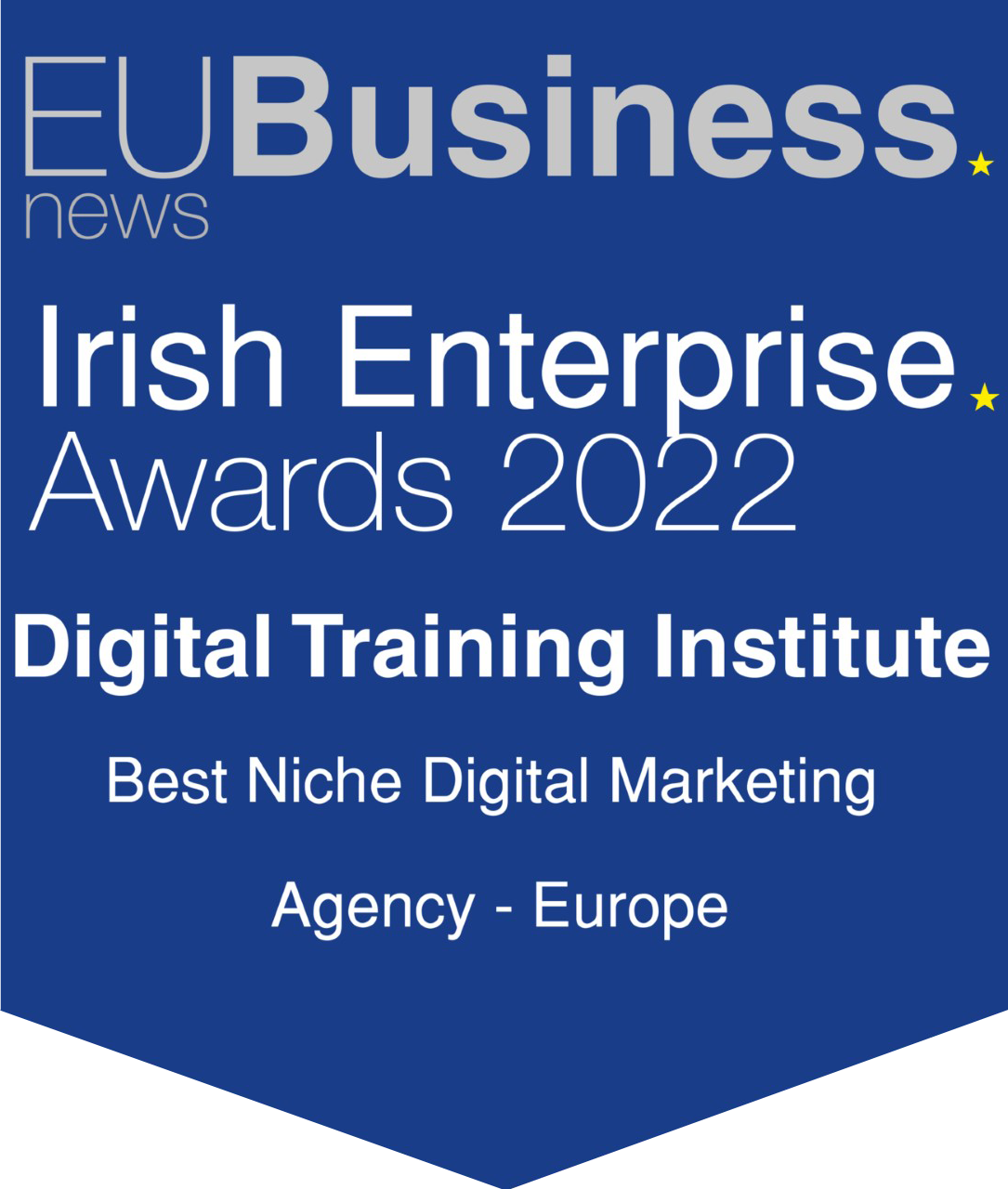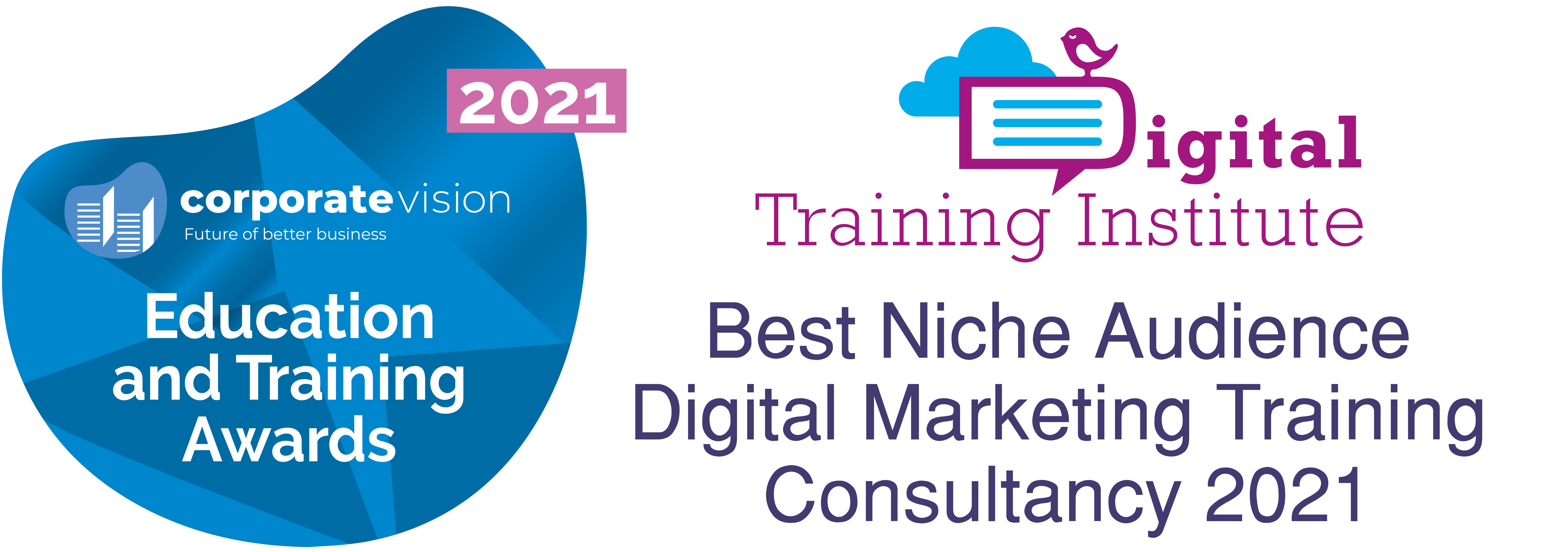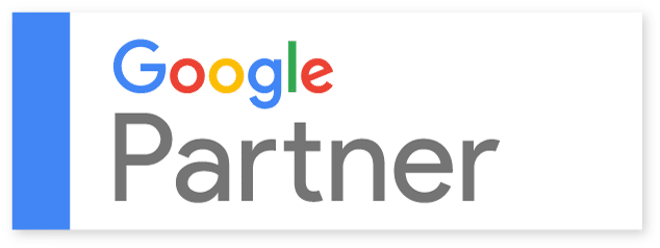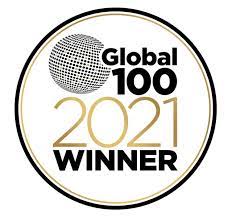12 Questions With Joanne Sweeney-Burke
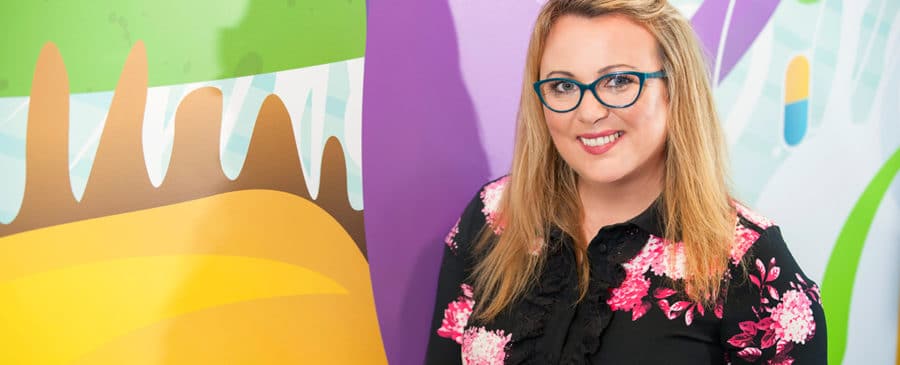
Originally posted on We Are Social Media on 29 December 2017 by Linleigh Marie Master
Say ‘hello’ to this year’s final podcast featuring another social media expert – owner of The Digital Training Institute – Joanne Sweeney Burke!
Listen along below or read on to catch the highlights.
As the owner of The Digital Training Institute, Joanne has been working exclusively in the area of digital marketing and social media for the past 4 years. Prior to that, she worked as a broadcast journalist on the radio, where she then jumped the fence into PR and Corporate Communications. From there, she took her experience to new heights, launching her very own PR & Marketing Agency 9 years ago Shifting its focus due to the wave of social media and digital trends within the marketing industry, the birth of The Digital Training Institute was complete.
Therefore, having her hand in a number of different aspects of marketing, her insights provide us with a uniquely comprehensive approach to social media both as an industry, and a strategy.
Joanne’s favourite social media platform is Facebook. She’s actually written a blog post about it. Facebook has it all; It’s the most intuitive, its ad platform is the most comprehensive, and provides the best results. “Every time I try to stray, Facebook seems to emulate all the features of other social networks” she says.
As for the social media platform used most by The Digital Training Institute, they are all about the premium content; i.e. podcasts, blogs posts, and videos. From there, the social networks are used as a means of amplifying that content. Next year, she aims to focus her attention on the digital transformation of the public sector (i.e. CMOs in politics, policing, and education), therefore, LinkedIn and Youtube have had a big influence as of late as well, as the features and techniques surrounding Google Search – she now delivers mobile master classes to Google‘s clients across Europe! Exciting right?! And all thanks to Google searching her out!
But when it comes to the future of the social media industry, she thinks the platform to beat is Facebook due to its resources, capabilities, and global vision. But more importantly, she thinks that the future of social media will house more of that broadcast vision.
See why at 4:21, where she discusses a bit about her research and the effects on the disruption of news across traditional and digital media.
Her favourite social media campaign this year would be Irish Life’s fertility campaign that integrated both traditional and digital media very well. They did a six-part series on the issue of fertility and used the data from the sponsored content they put on a national newspaper’s website to create a picture of their ideal customer. From there, they developed a brilliant Facebook strategy targeting that relevant audience and also furthered the creation of more content by inviting a fertility expert to take part in a series around answering questions about fertility with couples interested in it. She felt that it struck a chord with the target audience, and the content not only performed well, but it made way for a very excellent series on a very serious and sometimes stressful topic:
When the time came to talk about her most recent and favourite project, one project, in particular, merged the two loves of her life (excluding her family of course!) radio and social media!
She’s working with the independent commercial radio sector in Ireland during the past year – home to the majority of the Irish radio stations. She’s helping them digitally transform and become more relevant by taking their bulks of content and repurposing and producing digital assets that can be distributed in various ways to their audiences to increase listenership and new audiences. Excitingly enough, some channels are looking to produce new social-only shows! So… watch this space!
So then what’s her advice for brands and agencies in terms of social media? It’s simple: “Keep your customer at the centre of EVERYTHING you do.” Do your research of course! When you understand your customer, you can then start to understand the appropriate touch points and messages you can utilise to connect and communicate with your audience accordingly.
And off the back of that, we talked measurement and the most important KPI to which the answer may not have been what you expected. She openly admits that conversion and the bottom line are important, but she believes the secret here lies in the “mid-funnel” – the consideration stage of a consumer purchase. This is where your potential customers are expressing some form of intent or exploration. At this stage, your prospects want to be entertained, educated, informed, and inspired, to make a purchase; not poked or prodded. Therefore, as advertisers, we need to nurture them with engagement. Whether brands believe it or not, engagement leads to conversions, but how you communicate with your prospects and customers are a part of that equation. We also have to recognise that social media is a process – not an overnight sensation.
So then, what’s social media’s place in the marketing mix? Well, we may already see it, courtesy of the newly adopted 360-degree communication model most brands are developing, or are working on. The divide will cease to exist. In fact, we may even see the marketing functions start to coexist amicably. Because with them, all split out individually, communication silos develop, and messages, objectives, and more, are a bit of a mixed bag because each department will have its own.
Similarly, one of the biggest obstacles she thinks we face in social media is still the obvious… measuring return on investment. Running social media in isolation of the broader campaign won’t give you an overall ROI because you’re then measuring apples to oranges. You would be pitting something with a broader reach and various touchpoints against a single touch point with maybe even different messaging. The lack of integration could then, very well make it hard to truly have an understanding of the impact of social media.
When asked about advice for newbies, she says one must understand and respect each social media platform in its own right. Deep dive into the various intricacies that each offer. Don’t just assume Twitter is 280 characters, that Facebook is a publishing platform, or that Snapchat is 10-second spots. They offer so much more than that. Understanding that will enable you to use them to their full potential in your campaigns, as well as give your audience the relevant content they are looking for at that point in their customer journey.
And before the final question… we discussed the future of the ad format. So, what is it? Well, she thinks we may see a mix really. From more behind the scenes content to the production quality of TV and an increase in the personal and conversational aspects that social media does so well with.
And… just for fun! Fun fact: She’s a self-made juggler!


